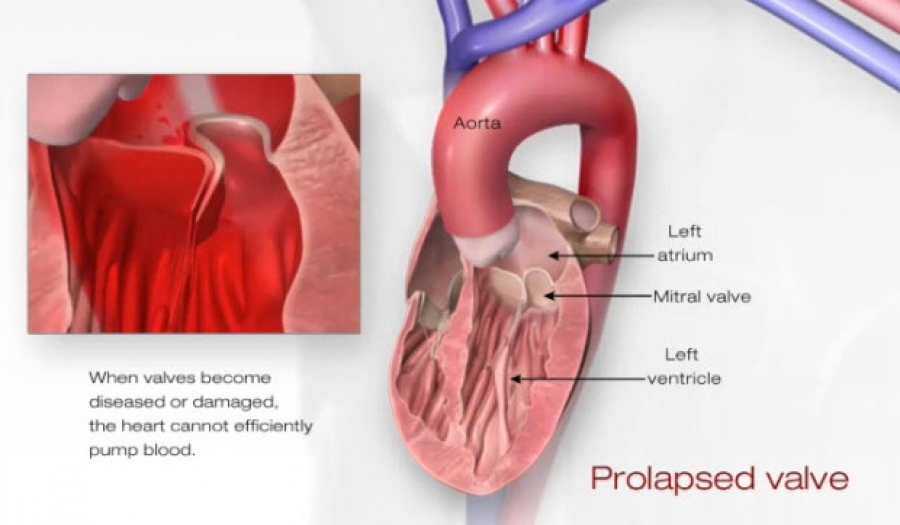Mitral valve prolapse can run in families. It can also be caused by conditions in which cartilage is abnormal. Mitral valve prolapses affects 2% to 3% of the general population1, while in the US, this condition affects up to 5% of the population2.
Symptoms
Mitral valve prolapse is usually a lifelong disorder; however, many people with this condition never have symptoms. When diagnosed, people may be surprised to learn that they have a heart condition.
When signs and symptoms do occur, it may be because blood is leaking backward through the valve (regurgitation).
Mitral valve prolapse symptoms can vary widely from one person to another. They tend to be mild and develop gradually. Symptoms may include:
- A racing or irregular heartbeat (arrhythmia)
- Dizziness or lightheadedness
- Difficulty breathing or shortness of breath
- Fatigue
- Angina/chest pain
Risk Factors and Causes
According to medical professionals, there are several risk factors and causes, starting with age and gender.
While MVP affects women and men of all ages, it appears to be more prevalent in women aged 20 to 40. Men are at greater risk of complications, though, particularly those over 50. Race and ethnicity may be risk factors.
Statistics show that between two and three percent of the global population2 are living with mitral valve prolapse, making it one of the most common heart valve disorders.

Acclaimed Heart and Vascular Center
We deliver excellent care with compassion after discussing your health and treatment plan with simplicity.
1Circulation, Evolution of Mitral Valve Prolapse
2Harvard Health Publications, Mitral valve prolapse
DISCLAIMER: THIS WEBSITE DOES NOT PROVIDE MEDICAL ADVICE
The information, including but not limited to, text, graphics, images and other material contained on this website are for informational purposes only. The purpose of this website is to promote broad consumer understanding and knowledge of various health topics. It is not intended to be a substitute for professional medical advice, diagnosis or treatment. Always seek the advice of your physician or other qualified health care provider with any questions you may have regarding a medical condition or treatment and before undertaking a new health care regimen, and never disregard professional medical advice or delay in seeking it because of something you have read on this website.

